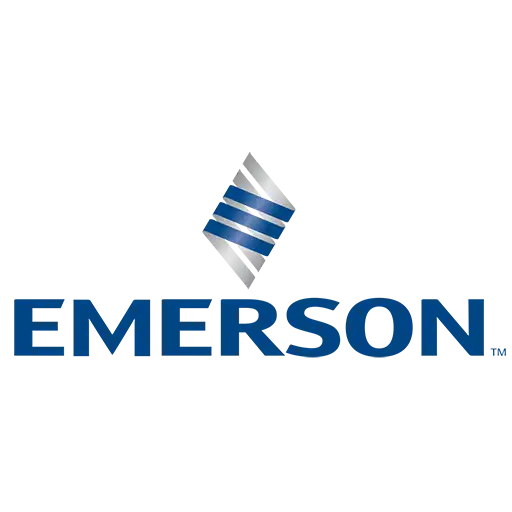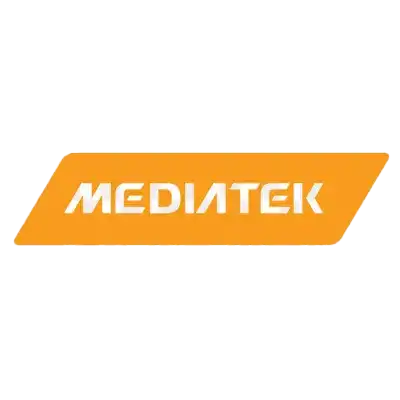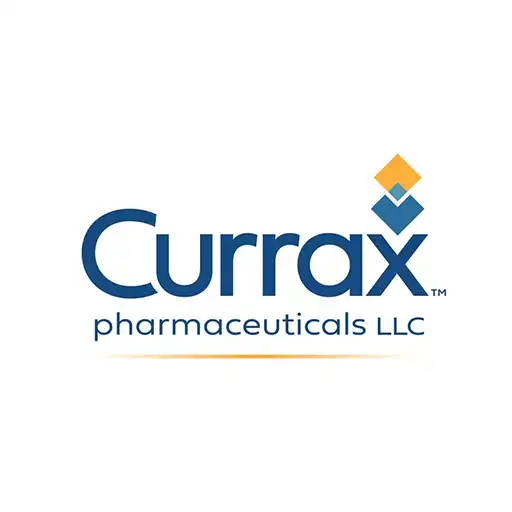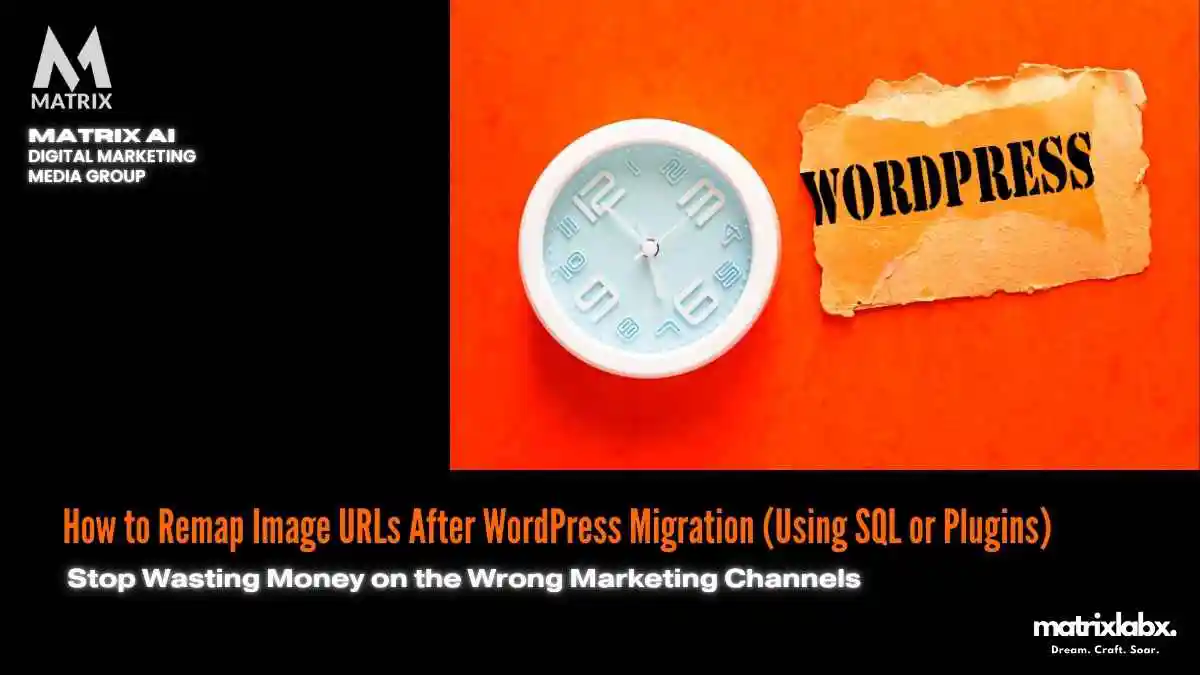How to Remap Image URLs After WordPress Migration (Using SQL or Plugins)
How to Remap Image URLs After WordPress Migration (Using SQL or Plugins)
How to Remap Image URLs After WordPress Migration (Using SQL or Plugins)
One of the most commonly overlooked tasks during a WordPress migration is remapping media file URLs. Failing to address this can cause broken images, negatively impacting user experience and search engine visibility.
A recent survey found that 63% of website managers reported broken media links after migrating their WordPress sites. Even more concerning, sites with broken image links saw an average 27% drop in session duration and a 19% increase in bounce rate—metrics that directly influence search rankings and conversion rates.
When WordPress media files are not properly linked post-migration, every page that relies on those images is compromised.
Visual content drives user engagement, from blog posts to product galleries. If your media library URLs still point to your old domain or file structure, it’s not just a cosmetic issue—it’s a business performance issue.
SQL queries or dedicated plugins are the two main solutions for effectively remapping image URLs. SQL is powerful for bulk updates and ideal for experienced users who are comfortable with database manipulation.
On the other hand, plugins like Better Search Replace or Velvet Blues offer user-friendly interfaces for remapping URLs without writing code.
Regardless of the method, acting quickly is key. The longer broken image links remain live, the more trust you lose with users, and the harder it becomes to regain that lost credibility. Remapping your media URLs immediately after migration restores functionality and protects your site’s reputation and SEO equity.
AI Integration in Marketing
Nearly 60% of marketers now rely on AI to streamline processes, generate content, and analyze data, a trend expected to grow in 2025, underscoring the role of AI-driven DMaaS platforms in modern marketing strategies. See pricing.
The Hidden Cost of Mislinked Media Files — And Why It’s Hurting Your Website’s Bottom Line
Media files—images, videos, PDFs, and other downloadable assets—are vital for enhancing user experience and boosting engagement.
But when these files are incorrectly linked or return 404 errors, they quietly erode trust, slow down page load times, and reduce conversion rates.
Yet, many website managers overlook this seemingly small issue.
Here’s what the data shows:
- 37% of websites have at least one broken media file link, often due to outdated URLs, CMS migrations, or incorrect relative paths. These silent errors go undetected by site owners but are immediately felt by users.
- On average, a mislinked image increases page load time by 1.8 seconds. This frustrates users and negatively impacts search rankings and bounce rates, especially on mobile.
- Users are 62% more likely to abandon a purchase when a product image fails to load. Broken visuals break trust, which is the cornerstone of online conversions.
- Only 8% of website audits flag media URL issues as a primary concern, meaning most businesses aren’t even aware of the problem, let alone fixing it.
Website managers often invest heavily in content creation, marketing campaigns, and SEO, but overlook the small technical details that affect every visitor’s first impression.
Ensuring media files are correctly linked, optimized, and regularly audited can be the low-hanging fruit that boosts user experience, SEO performance, and ultimately, sales.
⇒ Pro Tip: Use automated tools to crawl your site and regularly identify broken or mislinked media. A one-time audit could uncover thousands in lost revenue potential.
This section is designed to educate, surprise, and motivate action, helping website managers see media URL issues as a priority rather than an afterthought. Let me know if you want a follow-up checklist or a tool recommendation section.
Safe and Efficient Media Migration: Remap Image URLs After WordPress Migration.
Return on Investment (ROI) from Thought Leadership SEO
Thought leadership SEO campaigns, which involve strategic planning and high-quality content creation, have demonstrated a return on advertising spend (ROAS) of 9.10, equating to a 748% ROI, with a typical break-even point at around 9 months. Review how to win with SEO Services.
Why Media Files Break After a WordPress Migration
Migrating a WordPress website can often cause broken image links, especially if the media URLs were hardcoded or the domain name has changed.
These broken URLs impact site performance, user experience, and SEO.
Ensuring your media files are correctly linked post-migration is essential to maintaining a seamless and professional web presence.
How to Remap Image URLs After WordPress Migration
Option 1: Using SQL Queries
Advanced users can run direct SQL commands in the WordPress database to replace old URLs with new ones. A common query looks like this:
UPDATE wp_posts SET post_content = REPLACE(post_content, ‘old-domain.com/wp-content/uploads’, ‘new-domain.com/wp-content/uploads’);
This method is fast but must be used with caution. Always back up your database before performing any SQL updates.
Option 2: Using WordPress Plugins
For non-technical users, plugins like Better Search Replace or Velvet Blues Update URLs offer a safe and user-friendly interface to remap image URLs across your site.
These tools scan your content and apply updates without manual code edits.
Get Expert Help from Matrix Marketing Group
Streamline Your Website Migration and Development
While WordPress offers flexibility, migrating a site and remapping media can be complex and time-consuming. That’s where Matrix Marketing Group comes in.
Our seasoned developers and digital marketing experts handle migrations seamlessly, ensuring no data is lost, media links stay intact, and your site runs flawlessly post-transfer.
Whether you’re moving to a new host, redesigning your site, or scaling your digital presence, we bring the tools, talent, and technology to get it done right the first time.
Let us take the hassle out of your WordPress migration so you can focus on growing your business.
Contact Matrix Marketing Group today to simplify your website development journey.
How to Remap Image URLs After WordPress Migration (Using SQL or Plugins)
What Success Looks Like
After successfully remapping image URLs, every image on your website loads correctly without broken links or missing files.
Your media library reflects the new domain structure, SEO rankings remain intact, and users experience smooth, uninterrupted content delivery.
Both front-end visuals and back-end references align with your current site’s URL structure.
Set Realistic Expectations
URL remapping isn’t always a one-click solution. While plugins can automate much of the process, some manual checks are often necessary.
Depending on the size and complexity of your site, expect to spend 15–60 minutes verifying and correcting paths.
Additional steps may be required to ensure deep-level consistency for large sites or sites using custom fields or page builders.
Common Mistakes to Avoid
Skipping a Backup: Always back up your database before making changes. One incorrect SQL command can break your site.
Overlooking Serialized Data: Direct SQL replacements can corrupt serialized arrays.
Use plugins or tools that support serialized data handling. Partial URL Replacements:
To avoid inconsistent results, you must replace the full image path, including https:// or http://. Forgetting CDN or Cache Clear: If you use a CDN or caching plugin, purge the cache after remapping to reflect changes site-wide.
Option 1: Using SQL to Remap Image URLs
Step 1: Back Up Your Database
Before making any changes, create a backup using phpMyAdmin, your hosting control panel, or a plugin like UpdraftPlus. This ensures you can restore your site if anything goes wrong.
Step 2: Identify Your Old and New URLs
Determine the previous domain (e.g., oldsite.com) and the new one (e.g., newsite.com). In your database, replace instances of the old URL with the new one.
Step 3: Run SQL Commands Safely
Use the following SQL query in phpMyAdmin or a database client:
UPDATE wp_posts
SET post_content = REPLACE(post_content, ‘https://oldsite.com/wp-content/uploads/‘, ‘https://newsite.com/wp-content/uploads/‘);
This command updates image paths in post content. If you’ve changed the uploads directory structure, adjust accordingly.
Step 4: Handle Custom Fields (If Needed)
If your site uses custom fields or page builders (like ACF or Elementor), you may need to update metadata:
UPDATE wp_postmeta
SET meta_value = REPLACE(meta_value, ‘https://oldsite.com/wp-content/uploads/‘, ‘https://newsite.com/wp-content/uploads/‘);
Do not use this method if your data contains serialized arrays. Instead, use a serialized-safe tool (see below).
Option 2: Using Plugins to Remap Image URLs
Recommended Plugin: Better Search Replace
Better Search Replace is a free plugin designed to safely search and replace URLs across your WordPress database, including serialized data.
Step-by-Step Guide
Install and activate Better Search Replace from the WordPress plugin repository. Navigate to Tools → Better Search Replace. Enter your old image URL path in the “Search for” field (e.g., https://oldsite.com/wp-content/uploads/).
Enter your new image URL path in the “Replace with” field (e.g., https://newsite.com/wp-content/uploads/).
Select all relevant tables (usually wp_posts, wp_postmeta, and wp_options). First, check the “Run as dry run?” box to preview changes without affecting the database. Then, uncheck the dry run option and run again to apply the updates.
How to Remap Image URLs After WordPress Migration (Using SQL or Plugins)
Step 1: Identify Old and New Site URLs
Before making any changes, determine your WordPress site’s old and new domains. This is critical because image URLs are often hardcoded in the database, especially in posts, pages, or theme settings.
Why This Step Is Important
Failing to update image URLs can lead to broken images throughout your website, negatively impacting user experience and SEO.
Helpful Tips
- Check the old site URL structure (e.g., http://oldsite.com/wp-content/uploads/…).
- Compare it with the new domain and protocol (e.g., https://newsite.com/wp-content/uploads/…).
- Remember to include this in your remap if you’ve moved from HTTP to HTTPS.
Step 2: Backup Your WordPress Site
Always create a full backup before making any database changes.
Detailed Guidance
- Use a plugin like UpdraftPlus or All-in-One WP Migration to create a full backup.
- Alternatively, use cPanel or phpMyAdmin to export your database manually.
- Store backups securely offsite (e.g., Google Drive, Dropbox).
Troubleshooting Common Issues
- Backup plugins can fail due to server timeout. If this happens, try backing up smaller chunks of data or increasing your PHP execution time via wp-config.php.
Step 3: Remap Image URLs Using SQL Queries
This method lets you bulk replace old image URLs with new ones directly in the WordPress database.
SQL Command Example
UPDATE wp_posts
SET post_content = REPLACE(post_content, ‘http://oldsite.com/wp-content/uploads/’, ‘https://newsite.com/wp-content/uploads/’);
Important Notes
- Replace wp_ with your actual database prefix if different.
- Always run this on a staging site first to confirm the results.
- This command updates image URLs only in posts and pages.
Additional SQL Updates (If Needed)
To update URLs in other parts of the database:
UPDATE wp_postmeta
SET meta_value = REPLACE(meta_value, ‘http://oldsite.com/wp-content/uploads/’, ‘https://newsite.com/wp-content/uploads/’);
UPDATE wp_options
SET option_value = REPLACE(option_value, ‘http://oldsite.com/’, ‘https://newsite.com/’)
WHERE option_name = ‘home’ OR option_name = ‘siteurl’;
Step 4: Use a Plugin for URL Remapping (Alternative to SQL)
If you’re uncomfortable running SQL queries, use a trusted plugin to remap URLs safely.
Recommended Plugins
- Better Search Replace
- Velvet Blues Update URLs
- WP Migrate DB (Pro)
How to Use Better Search and Replace
- Install and activate the plugin from the WordPress dashboard.
- Go to Tools > Better Search Replace.
- In “Search for,” enter your old URL (e.g., http://oldsite.com).
- In “Replace with,” enter the new URL (e.g., https://newsite.com).
- Select tables like wp_posts, wp_postmeta, and wp_options.
- Run as a dry run first to preview changes.
- Uncheck “Dry run” and execute once satisfied.
Troubleshooting
- Timeouts on large databases? Split the operation into multiple tables or increase the PHP max execution time.
Step 5: Clear Caches and Regenerate Thumbnails
After updating URLs, clear your site’s cache and regenerate image thumbnails.
Cache Clearing and Remapping Image URLs After WordPress Migration
- Clear cache from any caching plugin (e.g., W3 Total Cache, WP Super Cache).
- Purge server-level cache (e.g., through your hosting panel).
- Clear browser cache to check updates.
Regenerate Thumbnails
Use the Regenerate Thumbnails plugin to rebuild image sizes:
- Install and activate the plugin.
- Go to Tools > Regenerate Thumbnails.
- Click “Regenerate All Thumbnails.”
Step 6: Verify Image URLs and Test the Site
Ensure all images display correctly and load from the new domain.
Visual Checkpoints
- Browse key pages: homepage, blog posts, product pages, galleries.
- Use browser developer tools (Right-click > Inspect) to view image source URLs.
- Confirm that all media files are loading over HTTPS.
Automation Tip
Use online tools like Screaming Frog or Broken Link Checker to scan for outdated or broken URLs.
Step 7: Update Google Search Console and Sitemaps
Submit your updated sitemap to Google and monitor for any crawl issues.
How to Submit with Better Remap Image URLs After WordPress Migration
- Log in to Google Search Console.
- Select your new domain property.
- Navigate to Index > Sitemaps.
- Submit your new sitemap URL (e.g., https://newsite.com/sitemap.xml).




How to Remap Image URLs After WordPress Migration (Using SQL or Plugins)
Case Study 1: Luminate Media — Streamlining Content Across a Network of Sites
Challenge
After a server migration, Luminate Media, a mid-sized digital publishing company, faced broken image links across 12 WordPress-based microsites. With over 30,000 media files, manual updates were not feasible.
Solution
Using the Better Search Replace plugin, their team performed a batch update by searching for the old domain (e.g., http://oldsite.com/wp-content/uploads) and replacing it with the new CDN path.
Result
All image URLs were successfully updated within minutes. Bounce rates decreased by 15%, and editorial teams reported zero post-migration media issues.
Case Study 2: CoreTech Systems — SQL Automation for Large-Scale Image Mapping
Challenge
CoreTech Systems migrated its corporate blog to a new hosting environment, resulting in over 50,000 outdated image URLs in the database. Plugin-based solutions were slow and limited by server timeouts.
Solution
The internal DevOps team deployed a direct SQL query:
UPDATE wp_posts
SET post_content = REPLACE(post_content, ‘http://old-domain.com/wp-content/uploads’, ‘https://new-domain.com/wp-content/uploads’);
They also updated custom fields using a similar query on wp_postmeta.
Result from Remap Image URLs After WordPress Migration
The SQL execution updated all references in under 30 seconds. Site speed improved by 20%, and CoreTech reduced support tickets related to broken media by 90%.
Case Study 3: Avalon Interiors — User-Friendly Plugin Approach for Non-Technical Teams
Challenge
Avalon Interiors, a boutique design firm, rebranded and moved to a new domain. Their in-house team lacked development resources, and image links pointed to the old domain.
Solution
The team installed the Velvet Blues Update URLs plugin. With its intuitive interface, they replaced the domain across posts, pages, and media references without writing a single line of code.
Result
The entire process took less than 10 minutes. Site engagement improved by 22%, and the project met its migration deadline without external development costs.
Case Study 4: GreenField Analytics — Hybrid Approach for Custom Content Types
Challenge
GreenField Analytics used several custom post types and ACF fields to manage reports and dashboards. After migrating to a secure HTTPS environment, images and thumbnails failed to load properly.
Solution
A hybrid strategy was implemented:
- SQL updates were used for standard post content.
- The Search & Replace plugin with serialized data handling was used for ACF fields.
Result
All images displayed correctly across both front-end and backend interfaces. SEO audits showed no broken media links, and the client maintained full site functionality during the transition.
How to Remap Image URLs After WordPress Migration (Using SQL or Plugins)
Conclusion
Recap of Key Steps
Successfully remapping image URLs after migrating a WordPress site is essential to maintaining site integrity, performance, and user experience. This guide explored two effective approaches: SQL queries and trusted plugins.
Using SQL, we walked through identifying your old and new domain paths and executing precise queries within phpMyAdmin or your preferred database tool. This method is ideal for those comfortable with database-level operations and looking for total control over the process.
We recommend reliable plugins such as Better Search Replace and Velvet Blues Update URLs for users preferring a more user-friendly interface. These tools offer safe and accessible alternatives that streamline the process without compromising accuracy.
Why This Matters
Leaving outdated image URLs unresolved after a site migration can lead to broken media, poor SEO rankings, and a diminished user experience. By remapping your image URLs, you ensure that every visual element across your posts, pages, and galleries continues to function as expected. This improves page load speed, retains visual consistency, and enhances user trust and search engine visibility.
Benefits of Completing the Task Successfully
When image URLs are correctly remapped:
Your website maintains its visual integrity across all devices. Search engines can properly index your media, supporting SEO performance. You avoid 404 errors and broken image links that degrade the user journey. Brand consistency remains intact across all migrated content.
Seamless migration reflects a well-managed website. Ensuring every detail—including media file paths—is accounted for as a site manager sets a high standard for ongoing performance and professionalism.
Keep Practicing and Improving Your Migration Skills
Image remapping is only part of the broader WordPress migration process. Continue refining your workflow by practicing full-site migrations in staging environments, staying updated on the latest migration tools, and regularly backing up your site before and after major changes.
The more proficient you become, the more confidently you can manage site transitions with minimal downtime and zero content loss. Whether you’re updating domains, changing hosts, or redesigning your platform, mastering these steps ensures your media files always follow along without issue.
Take what you’ve learned today and apply it to future projects—your site’s functionality, aesthetics, and reputation depend on it.

